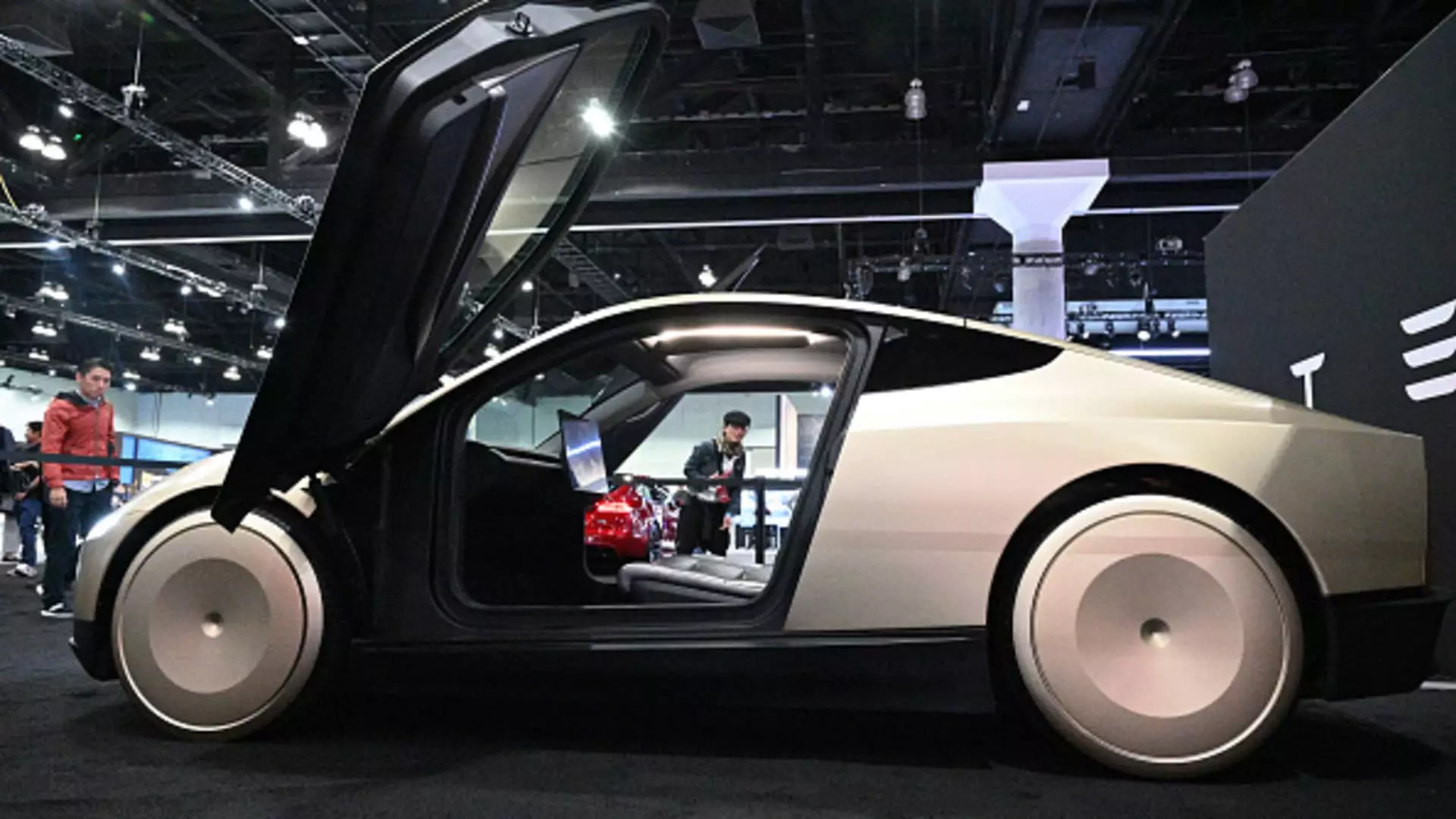California’s latest push into the realm of self-driving vehicles comes at a pivotal time, as technological advancements in autonomous driving promise to transform the landscape of transportation. The California Department of Motor Vehicles (DMV) recently opened a public comment period for new rules regulating everything from light-duty robotic taxis to hefty driverless trucks. Indeed, these regulations could lay the groundwork for a future where cars navigate our streets without human intervention, aiming to enhance public safety while simultaneously championing innovation. However, it begs the question: is California taking a thoughtful, progressive approach, or are we barreling towards unregulated chaos?
There’s no doubt that California has been a frontrunner in the self-driving vehicle space. Whether it’s Elon Musk’s Tesla, Waymo’s autonomous taxi services, or Plus.AI’s heavy-duty trucks, the state boasts a variety of companies at the cutting edge of driving technology. However, the regulatory response to these advancements raises eyebrows. The new regulations aim to be the “most comprehensive” in the nation— yet comprehensive does not always equate to sensible.
A Tenuous Balancing Act
The proposed regulations are a high-wire act, attempting to balance innovation with public safety. On the one hand, the DMV’s insistence on rigorous testing, including permits for testing with a safety driver and subsequently for driverless operation, appears to be a responsible approach. It’s an acknowledgment that technology, while promising, carries inherent risks that cannot be overlooked. With the ongoing public discussions, one hopes that Californians will actively participate in shaping these rules and that regulators will listen earnestly.
Conversely, one must question the efficacy of government intervention in technology’s rapid evolution. Just look at the multitude of companies already operating, with Waymo leading the way in offering driverless taxi services in major metropolitan areas. Are these new regulations, instead of facilitating innovation, more about catching up? It certainly feels like an attempt to impose control on an industry desperately attempting to self-regulate.
Furthermore, California’s policy shifts come on the heels of a concerning looseness from the National Highway Traffic Safety Administration concerning the reporting of incidents involving partially-automated vehicles. The lack of a robust regulatory framework at the federal level raises significant alarms about the potential implications of California’s new rules. We could be setting ourselves up for a two-tiered system in which some manufacturers thrive under relaxed oversight and others are hamstrung by heavy regulations.
The Tesla Paradox
The landscape is further complicated by companies like Tesla, who have yet to secure necessary permissions for driverless operations. Tesla’s promises of fully autonomous driving have proven more marketing hype than technological reality. As lawsuits pile up over allegations of deceptive advertising regarding its Autopilot and Full Self-Driving systems, one wonders whether we are dealing with a visionary company or an organization out on its speculative limb. Tesla’s rise and fall—as reflected in its stock price—demonstrates a company caught in the crossfire of optimism and misunderstanding.
Meanwhile, Waymo and others effortlessly glide past regulatory hurdles, flaunting their operational readiness in California’s democratic framework. Is this disparity not a signal that regulation is not merely necessary but could also be detrimental if not applied fairly? As we wade deeper into this technological frontier, transparency must be the cornerstone. The rules imposed should reflect the reality of safety, while also allowing for room to innovate.
A Call for Robust Engagement
Public involvement in the commenting phase on these proposed regulations should make waves. The opportunity to influence policy surrounding self-driving vehicles isn’t just vital, it’s a democratic responsibility. Citizens must weigh in not only for their safety and convenience but also to voice a collective opinion on how we want to shape our transportation future.
The new regulations, while ambitious, should be examined critically. Will they enhance safety and fairness, or will they suppress competition and innovation? As California embarks on this regulatory journey, the choices made now will resonate for decades. Let us hope the state does not misstep in its quest for both technological advancement and public safety.


Leave a Reply